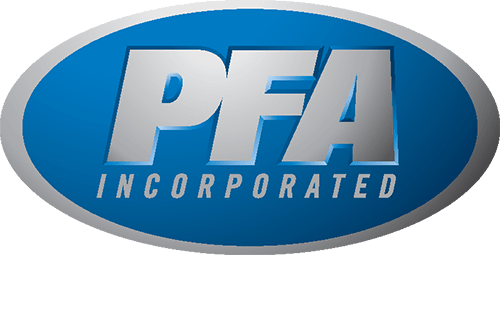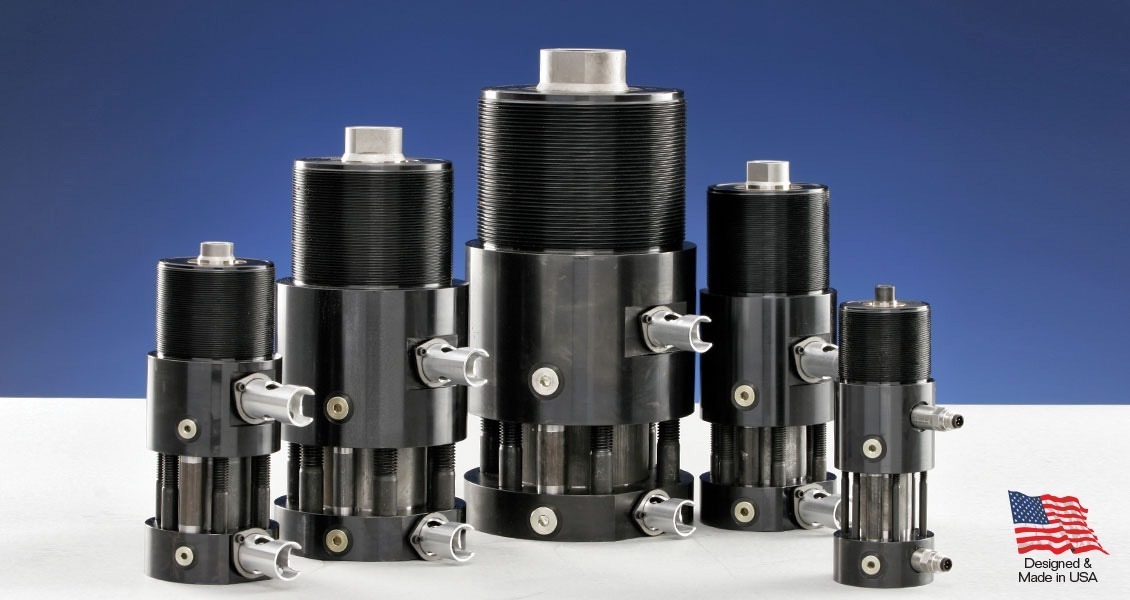Technology is constantly evolving. From the phone in your pocket to the razer you shave with, things are just getting more and more advanced by the second. In the realm of cell phones, manufacturers are in a new age “space race” to see who can get the most cameras on the back of their phones. This takes vast technological advancements as components must get smaller, and they all must work seamlessly with each other.
The mold-making industry is no different, as technologies are consistently being unveiled to improve product quality and efficiency. One such advancement is with the hydraulic locking core pull cylinders. This tech is now enabling companies to take advantage of smaller mold bases. Also, it reduces overall costs. In the business world, anytime you can reduce costs, you are winning.
How Do Hydraulic Core Pull Cylinders Work?
One of the common complications that arise when trying to use smaller mold bases is the limited room for all the needed components. The traditional use of angle pins and heel blocks to move the slides. These are tried and true methods for making great, quality products. However, they take up precious space on the mold base. Sometimes, the slide must be moved before the mold can be opened. This takes even more components to add to the base to move the slide back.
Like with the cameras on the back of your phone, there is only a limited amount of space, so technology needs to make these things fit. The hydraulic core pull cylinder does just that for mold making. This method replaces the traditional slides and heel blocks and enables independent movement of the sliding core eliminating the need for wedges.
The hydraulic core pull cylinder uses a segmented ring that presses into an internal groove within the closed cylinder assembly. This results in the injection pressure from the part cavity acting against the cross-section of the segmented ring, locking the slide. This is where the heel block becomes unnecessary. Eliminating separate heel blocks or additional cylinders will result in a smaller mold base size. This simplifies your mold designs, reduces material costs, and increases overall cost savings.
Another benefit of this truly spectacular technology is the ability to lessen material shrinkage. In traditional methods, the core must be pulled before the shrinkage begins. This wastes time and also allows the shrinkage to be more severe. With the hydraulic core pull cylinder, operators can retract and remove the piston before the mold opens. Once again, this will save you time and money in the process.
What are the Benefits of Hydraulic Core Pull Cylinders?
The hydraulic core pull’s compact design offers its users many benefits. The most valuable benefit is the reduction of mold design and build time. Traditional uses of pins and horns require some complex and technical designing, taking up more time and money. This includes calculating compound angles, machining the slide, incorporating final fitting to ensure the slides don’t move, and many other intricacies.
Mounting the hydraulic core pull cylinder will drastically cut mold design and build as it eliminates most, if not all, of those calculations and fine-tuning you need with traditional methods. They also reduce the need for maintenance as the piston is the only moving part. The slide only comes in contact with a seal, so there is much less metal-on-metal contact that usually results in worn parts and maintenance needs. Maintenance is downtime, and downtime is zero profit time.
Easy Installation and Use
The hydraulic core pull cylinder is almost too easy to install. It uses an integral flange that mounts to the mold base using cap screws, making it easy to install and tune to precise specifications. It is wise to install a shim beneath the flange, enabling fine mold adjustment. This spacer plate (shim) also provides essential preload on the cylinder rod, mainly when the sliding core must shut off against the opposing wall of the core.
The same size cylinder is very easily interchangeable due to the simplicity of installation. This mounting design allows proximity sensors to be positioned in the same orientation when the cylinder is attached to the bottom or side of the mold base.
Reduced Risks
When using hydraulic locking core pull cylinders, you must always be aware when the sliding core is fully forward and fully retracted. If you don’t, there is a risk of opening the mold before the core is fully retracted or attempting to inject material into the mold before the core is fully forward and locked. It is recommended to use proximity sensors standard to core pull cylinders to recognize full forward and complete reverse.
Since our world is technology-based and ever-evolving, it is vital to keep up to date with all the advancements within your field. This will keep you sitting at the head of the table in your industry. PFA, Inc is always a call or message away from helping your business learn all about the new technologies within your industry.
How Can PFA Inc. Help?
PFA manufactures locking cylinders and core pull cylinders for molds and dies; quick mold change and quick die change systems for injection molding, die casting, and metal stamping; locking and braking actuators/cylinders for work cell and heavy industrial applications; and robotic end-effectors, grippers, and gripper pads for robotic applications. Both off-the-shelf and custom solutions are available to make your application a success.
Understanding the effects of injection on the core, slide, and associated components is critical to selecting the best side-action method for a given application. There is only one KOR-LOK, and you can only get it at PFA. PFA’s team determines the best system for your application, design, and, most importantly, your part or product. Let us help you get a grip on your automation system by contacting us today or calling 262-250-4410 for a free application review. Your success is important to us!


